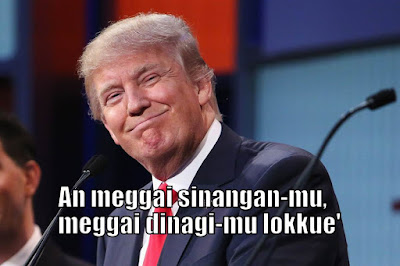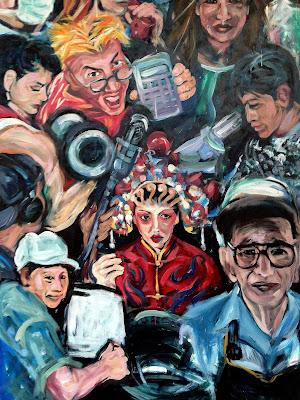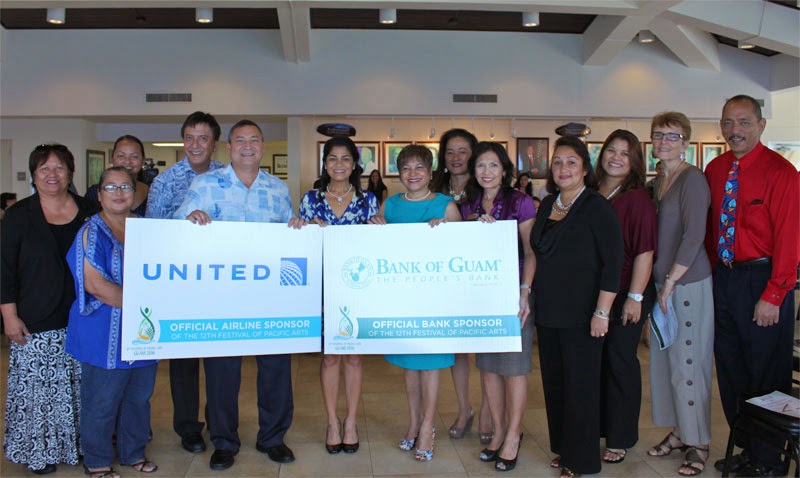Circumnavigations #5: Magellan's Gift
After attending a conference where everyone couldn't stop talking about Ferdinand Magellan for three days straight, I could not help but think about one of the more intimate ways that the explorer has been invoked within my family. Many Chamoru families will mention Magellan in the usual ways, as the source of civilization, Christianity or modernity, as the limit of Chamoru existence, where prior to Magellan there is primitivity and savagery. They may mention him generically as being the first colonizer or the beginning of the end for the Chamoru people, even though he did not directly colonize Guam, and such a process would begin more than 140 years later under the guidance of Påle' San Vitores. The interesting way that my family and in particular my grandfather Tun Jack Lujan, the late Chamoru Master Blacksmith would bring in Magellan's gifts, was through the metaphor of metal. Metal is always brought into play to provide meaning to the early years of European con





